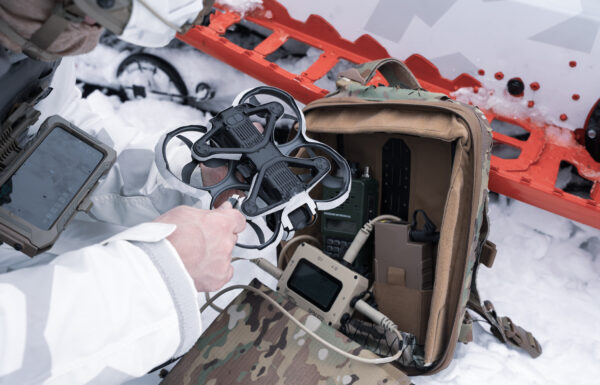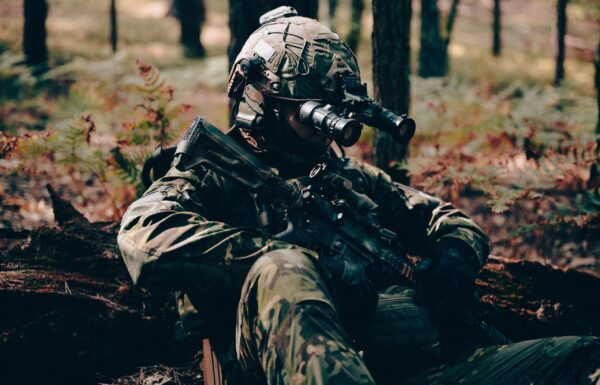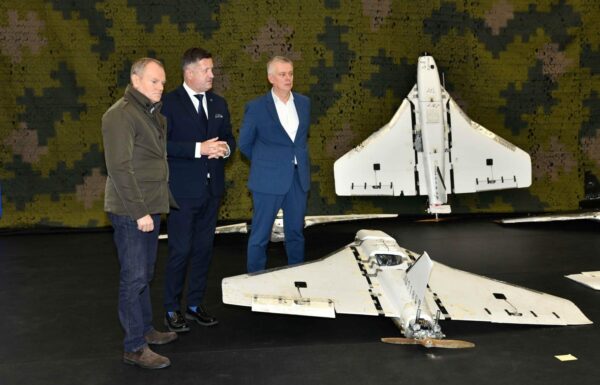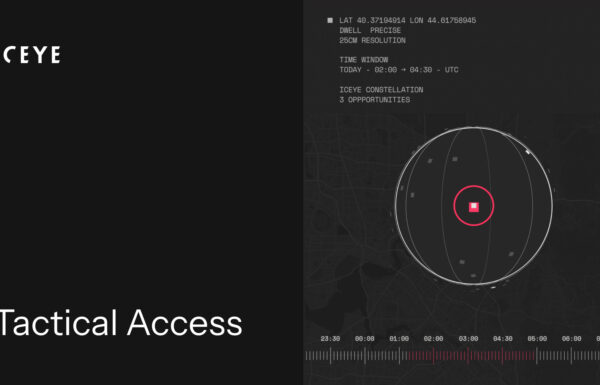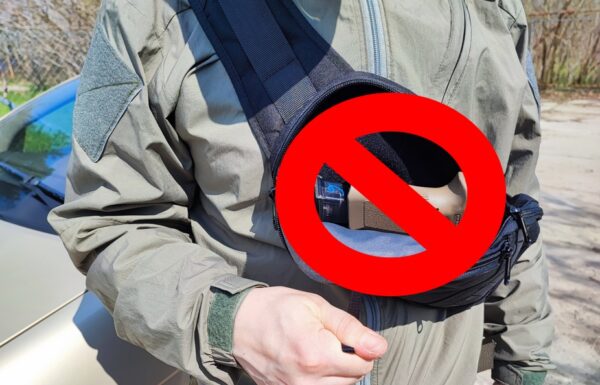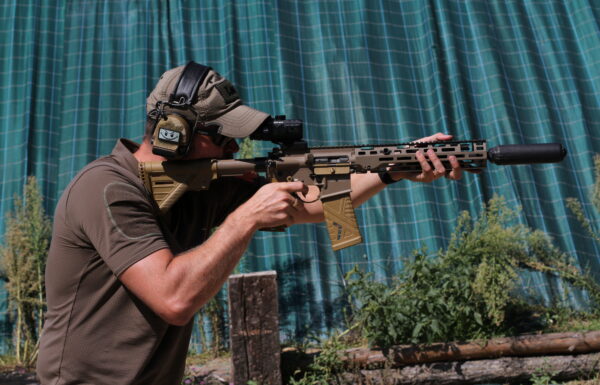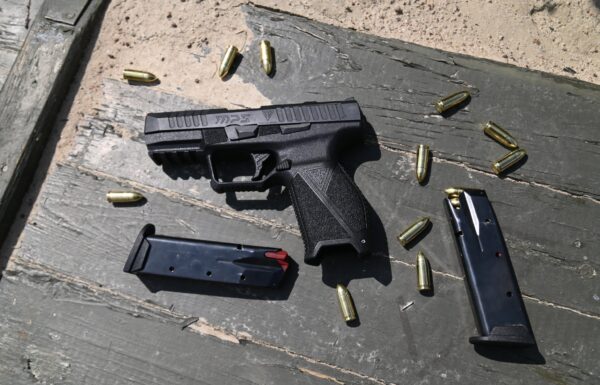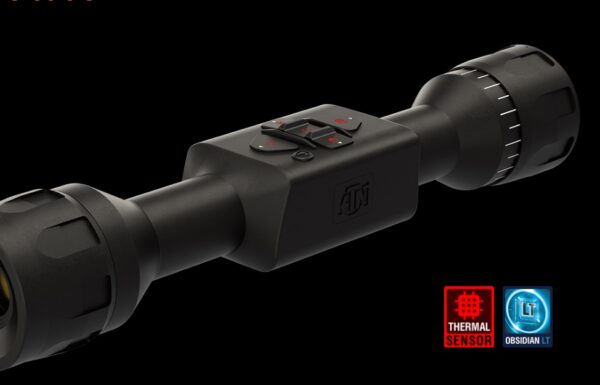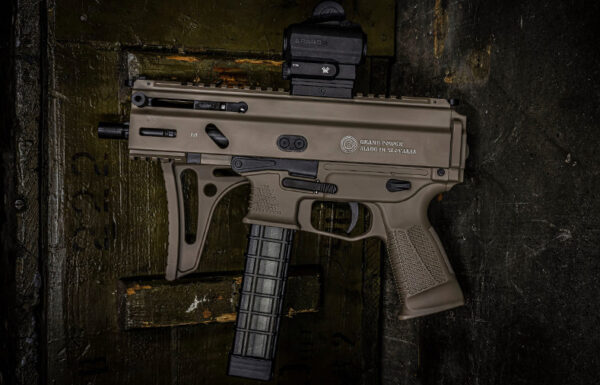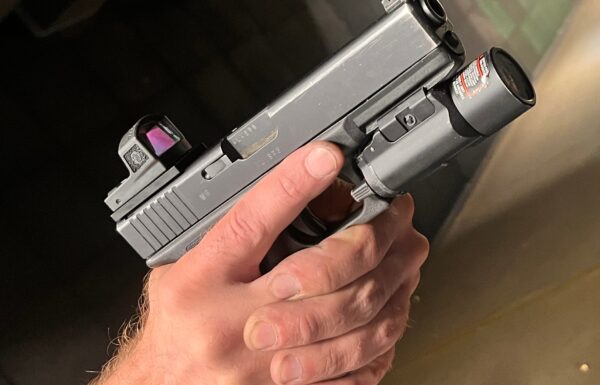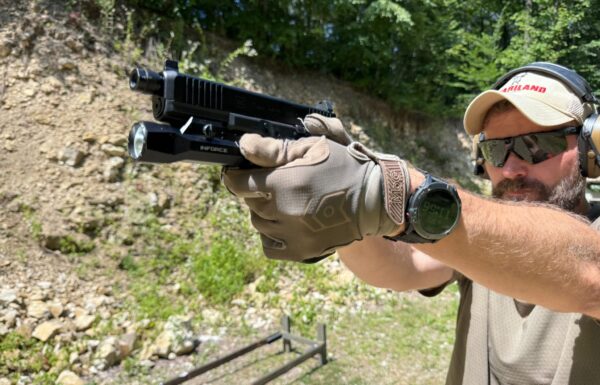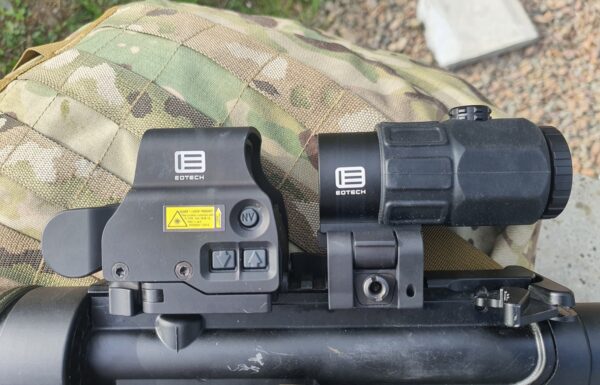On Monday, December 16, 2024, a keel-laying ceremony was held for the sixth Project 258 Kormoran II minehunter. The vessel, currently designated only by the construction number 258/6, will eventually be named ORP Czajka and assigned the hull number 606.
Due to strong winds, with gusts reaching up to 100 km/h, the ceremony was held as an internal technical event.
The construction of this final unit among the ordered Kormoran II-class vessels began at the Remontowa Shipbuilding shipyard in Gdańsk almost exactly two months ago, on October 15. At that time, a steel-cutting ceremony marked the official start of production work on the new vessel. Today’s keel-laying ceremony represents the formal start date of the ship’s construction.
The construction program for Project 258 Kormoran II minehunters began over 11 years ago, when, on September 23, 2013, a contract was signed in Gdynia for the construction of the first vessel, designated with the construction number 258/1. The contract also included an option to purchase at least two additional serial ships.
The prototype, christened Kormoran, was launched on September 4, 2015, and entered service on November 28, 2017. A month later, on December 27, the Ministry of National Defense exercised the contract option and signed an agreement with the Remontowa Shipbuilding shipyard for the construction of two serial units. The contract was valued at 1.186 billion PLN at the time of signing (later increased to 1.39 billion PLN following subsequent annexes).
The construction of the first serial ship, 258/2, began with steel cutting on September 18, 2018, and its keel was laid on December 5, 2018. Steel cutting for the second serial ship, 258/3, started on June 19, 2019, and its formal construction began with the keel-laying ceremony on December 17, 2019.
Since the operational and military tests of the prototype were ongoing after the construction of the serial units had begun, lessons learned during these tests introduced numerous changes to the serial ships. These changes affected, among other things, the mine countermeasure systems, a revised set of underwater vehicles, the SCOT-M 258 ship combat management system, communication and navigation systems, as well as modifications to the ship’s power plant and damage control systems.
Under the third annex to the contract, signed on August 14, 2020, it was decided to equip the serial ships with the OSU-35K naval weapon system featuring the AM-35K 35 mm naval cannon, replacing the 23 mm ZU-23-2MR Wróbel II naval cannon used on the prototype. Additionally, the ships’ equipment was upgraded to include the Kraken KATFISH 180 towed sonar, along with its deployment and retrieval system.
As a result, after incorporating all the modifications, the ships entered service: ORP Albatros (602) on November 28, 2022, and ORP Mewa (603, Seagull) on February 14, 2023. All three Kormoran II vessels—the prototype and the two serial ships—became part of the 13th Minesweeper Squadron, named after Fleet Admiral Andrzej Karweta, stationed in Gdynia.
The introduction of new vessels into one of Poland’s two minesweeper squadrons did not, however, address the issue of replacing or supplementing the Project 207 minesweepers, which constitute the sole equipment of the Navy’s second mine countermeasures squadron—the 12th Wolin Minesweeper Squadron stationed in Świnoujście.
As a result, a decision was made to purchase an additional trio of Project 258 minehunters, this time intended to be stationed on the western coast. The contract was announced on June 26, 2022, with a value of 2.49 billion PLN.
According to the agreed schedule, the ships for the 12th Wolin Minesweeper Squadron are to be delivered to the purchaser progressively between 2026 and 2027: the first by the end of July 2026, with the next two to follow by the end of March and October 2027, respectively.
Construction of the first ship in the new series, 258/4, began with steel cutting on March 28, 2023. Its keel was laid on July 25, 2023, and on June 26, 2024, the ship was launched and christened, receiving the name Jaskółka (yaskoowka, Swallow). The construction of subsequent units is staggered at approximately nine-month intervals. Steel cutting for 258/5 (future Rybitwa, meaning Tern) took place on January 19, and less than nine months later, on October 15, 2024, work began on the final ship, 258/6 (Czajka). The keel for 258/5 was laid on March 20, and today it was joined by 258/6. The launchings of both units are scheduled for March and December of next year, respectively.
The serial Project 258 Kormoran II minehunters are designed for detecting and neutralizing naval mines in the Baltic Sea and North Sea areas. With a standard displacement of approximately 850 tons, the ships have a maximum length of 58.5 meters, a maximum width of 10.3 meters, and a design draft of 2.7 meters. The crew consists of 45 members for the first series of ships and 48 for the remaining three.
To perform their primary tasks, the ships are equipped with a wide range of tools. For mine detection, they utilize the SHL-101/TM hull-mounted sonar and sonars deployed by unmanned underwater vehicles: the HISAS 1032 on the Kongsberg Hugin 1000 autonomous underwater vehicle and the EdgeTech 2205 side-scan sonar on the Teledyne Marine Gavia autonomous vehicle. These systems are supplemented by the Kraken Robotics Katfish-180 towed side-scan sonar. This sonar is not part of the ships’ permanent equipment; two units were purchased, one for each squadron. When needed, the sonar, along with the ALARS (Autonomous Launch and Recovery System), is mounted on the aft deck on the port side.
For neutralizing detected mines, the ships are equipped with the SAAB Double Eagle SAROV (Semi-Autonomous Remotely Operated Vehicle), which carries explosive charges such as the Toczek A, weighing 48 kg and containing 40 kg of explosives, or the Toczek B, weighing 10 kg (including 6 kg of explosives). Additionally, they use remotely operated self-propelled explosive charges (disposable underwater vehicles) known as Głuptak. These systems allow for the destruction of mines at depths ranging from 3 to 200 meters, at a distance of up to 400 meters from the launch point, operating in currents with speeds of up to 2 m/s, and with a theoretical maximum range of 1,500 meters in currents of 0–0.2 m/s.
Mines can also be destroyed using charges placed by navy divers. To support their operations, the ship is equipped with a hyperbaric chamber accommodating up to six people and Sportis S-6200ID hybrid boats for their transport.
The ship’s artillery armament consists of a 35 mm AM-35K naval cannon, which is part of the OSU-35K naval weapon system. It is designed to engage both surface and aerial targets.
This is supplemented by three 12.7 mm WKM-Bm heavy machine guns produced by ZTM Tarnów, mounted on the bridge wings on both sides and at the stern.
The ships’ air defense is provided by portable Grom/Piorun man-portable air-defense systems (MANPADS).
https://twitter.com/MarWojRP/status/1868675571456372971


